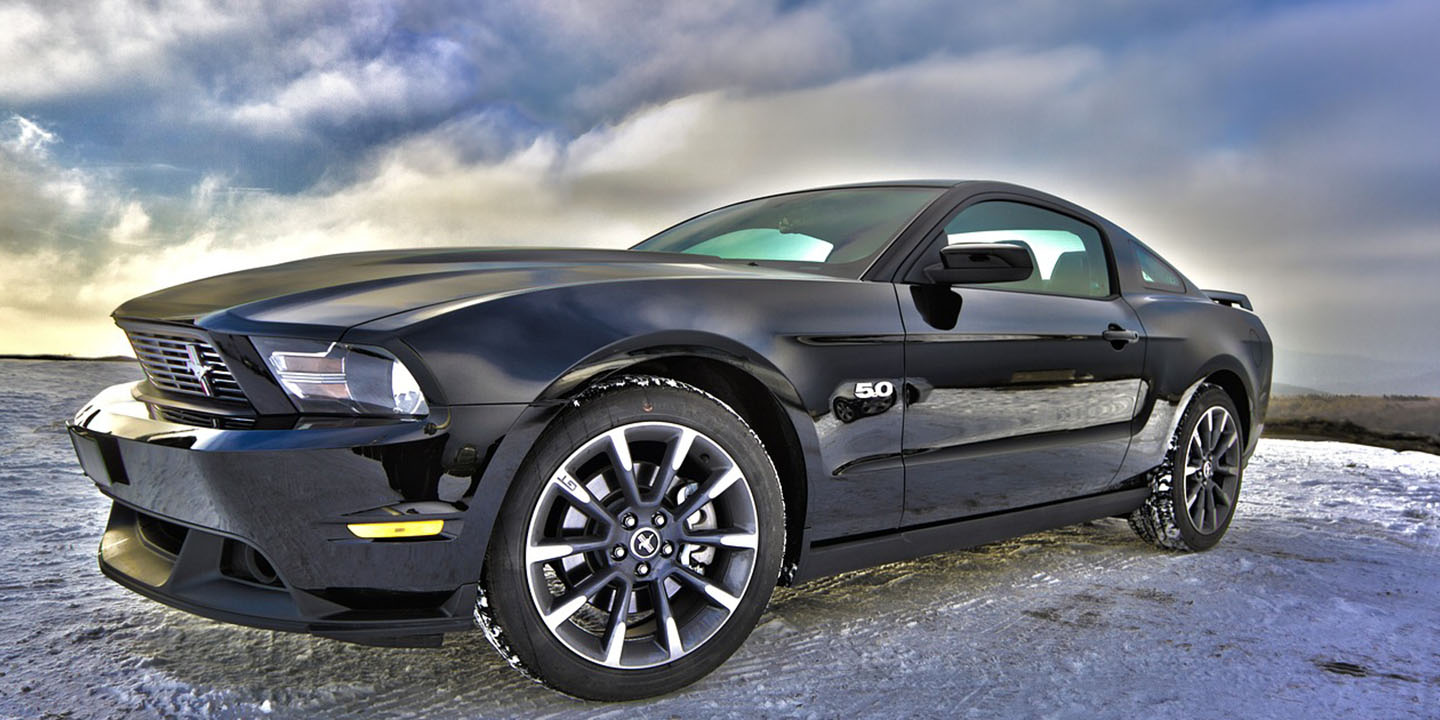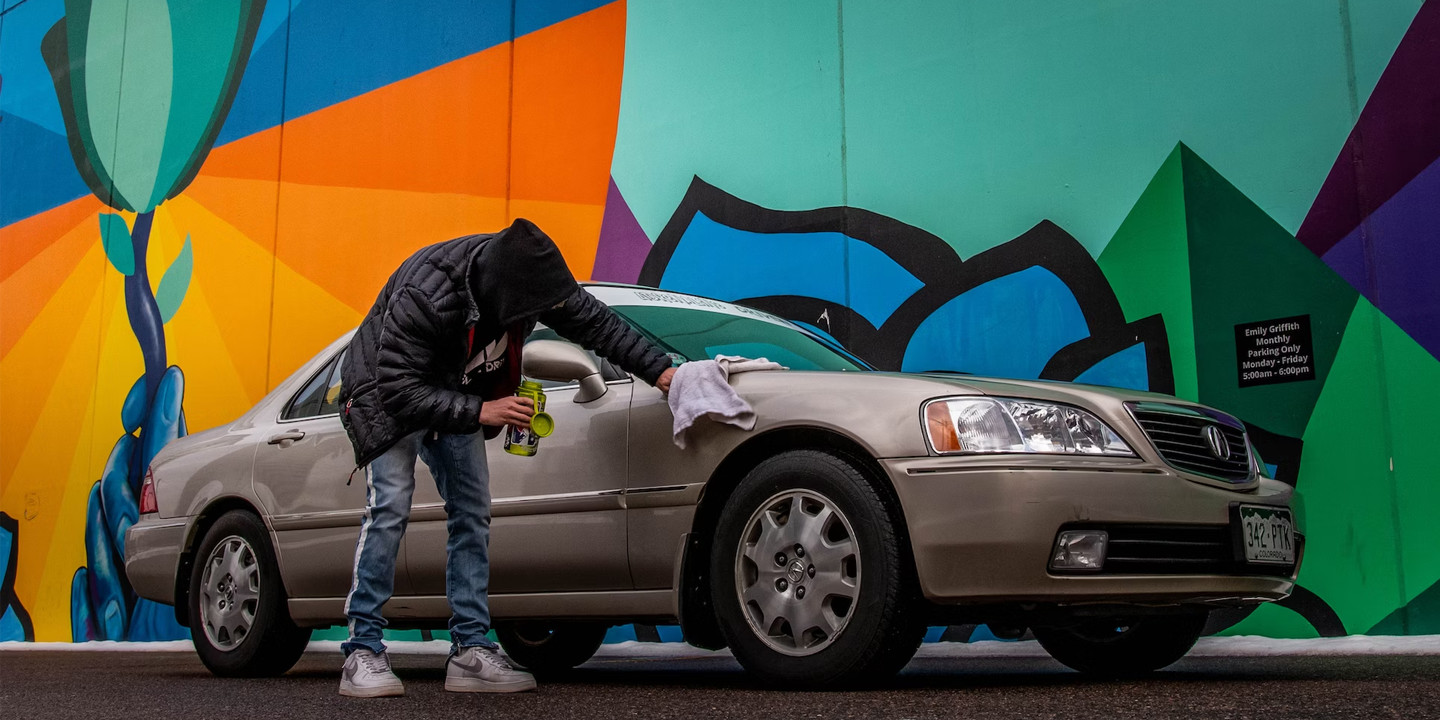Beyond Familiar Miles
Traveling abroad sometimes means more than new languages and food—it’s about learning to read distance differently. Suddenly, you’re not miles away from your destination but kilometers. That subtle shift changes how journeys are measured, timed, and even remembered. The adjustment feels small, yet it quietly shapes daily life in surprising ways. Here’s a tour through 20 such countries where this metric matters.
1. China
The world's most populous nation ditched its ancient measurement traditions in 1984. It made a definitive switch to kilometers that reshaped how 1.4 billion people traverse their vast country. Today, high-speed rail tickets display journey distances exclusively in kilometers.
 6-A04-W96-K38-S41-V38 on Wikimedia
6-A04-W96-K38-S41-V38 on Wikimedia
2. Germany
Speed limits on the famous Autobahn tell only part of Germany's metric story as drivers must master kilometer-based assessments to earn their licenses. Navigation systems throughout the country default automatically to metric units, while weather services report storm distances in kilometers.
3. Brazil
Efforts to enforce metrication intensified during the Vargas Era (1930–1945), as the government pushed for industrialization and standardization. By 1962, Brazil formally adhered to the International System of Units. In everyday life, road signs display kilometers and kilometers per hour.
4. Russia
Soviet-era standardization replaced the traditional verst—an old Russian unit roughly equivalent to 1.07 kilometers—with modern metric measurements across Earth’s largest country by landmass. Military precision demanded uniformity, leading to both civilian and defense maps that use kilometer-based coordinate systems.
5. Canada
Speed enforcement cameras calibrate to kilometers per hour rather than miles, representing just one aspect of Canada's comprehensive 1977 metric conversion. Crews systematically replaced every mile-based road sign with kilometer markers. Weather forecasts also report visibility distances in a similar manner.
 formulanone from Huntsville, United States on Wikimedia
formulanone from Huntsville, United States on Wikimedia
6. India
India abandoned its British imperial legacy, fundamentally altering how Indians perceived distance and travel. Indian Railways operates one of the biggest rail networks ever, with all track distances counted in kilometers. Vehicle odometers and driving licenses must display kilometer readings.
 Shareef Taliparamba on Wikimedia
Shareef Taliparamba on Wikimedia
7. France
Here comes the birthplace of the metric system, which was first brought to light during the French Revolution in 1795. The revolutionary government sought to replace the highly fragmented and inconsistent traditional system of measurements with a unified, rational, and decimal-based system.
8. Japan
Meiji-era modernization brought metric assessments to Japan in the late 19th century. As a rule, imported automobiles must undergo speedometer calibration to kilometers per hour before hitting Japanese roads. The extensive Shinkansen network publishes all schedules with distances in this unit.
9. South Korea
Historically, South Korea had its own system of measurement called cheokgwan-beop or cheokgeun-beop, which included units like ri (or "li"). However, since 2007, South Korea has criminalized the use of these conventional units in commercial contexts. Infrastructure measurements are totally metric.
10. Indonesia
Scattered across 17,500 islands, Indonesia's archipelago demands consistent calculation standards—and kilometers provide that uniformity for navigation and planning. Vehicle imports undergo mandatory speedometer conversion before registration approval. Plus, the national mapping agency produces cartographic materials with similar scales.
11. Australia
Although metric units became legal in 1947 when Australia signed the Metre Convention, imperial units were still widely used until the government decided to adopt the metric system nationwide. Today, it is the sole legal system of measurement, used universally in commerce, education, and public services.
12. Pakistan
Cross-border trade with India creates unique challenges when both nations use kilometers, but must coordinate transportation logistics. Pakistani road signs display distances in kilometers, while similar speed limits also appear per hour. GPS navigation systems default to metric measurements for Pakistani users.
 Anthony Maw of Vancouver, Canada on Wikimedia
Anthony Maw of Vancouver, Canada on Wikimedia
13. Iran
Ancient Silk Road merchants once calculated distances in customary Persian units, but modern Iran has fully accepted kilometers for all transportation planning and road signage. National transportation planning relies entirely on SI calculations for highway development and urban infrastructure projects.
14. Italy
Traffic rules focus on speed limits tracked in kilometers per hour all over the country. When it comes to mapping and surveying, they stick to kilometers, too. This makes things easier and helps Italy stay connected with transportation routes in Europe.
15. Spain
While traditional units may still be encountered in historical documents, Spain has fully transitioned to the International System of Units. During its early days, the region relied on a system of units that included measures such as the vara, the milla, and the legua.
 Emilio J. Rodríguez Posada on Wikimedia
Emilio J. Rodríguez Posada on Wikimedia
16. Turkey
The Ottoman Empire, which preceded modern Turkey, was one of the original signatories of the Metre Convention in 1875. Since 1933, speed limits and traffic enforcement have operated in kilometers per hour, from Istanbul's busy streets to rural Anatolian highways.
17. Mexico
North American trade creates unique measurement challenges as Mexican trucks carrying goods measured in kilometers must interface with US systems based on miles. The transition to metric began in the mid-19th century but accelerated significantly under the presidency of Porfirio Díaz.
18. Saudi Arabia
Hajj pilgrimage route information uses kilometers to guide millions of international visitors traveling between Mecca's holy sites during the annual religious gathering. This metric standardization facilitates coordination with international construction companies and engineering firms working on the kingdom's massive Vision 2030 development projects.
 No machine-readable author provided. Hellisp assumed (based on copyright claims). on Wikimedia
No machine-readable author provided. Hellisp assumed (based on copyright claims). on Wikimedia
19. Nigeria
Post-independence modernization in the 1970s brought in the adoption of the metric system as part of Nigeria's global standardization efforts. This includes road signage, transportation regulations, and educational materials, all using kilometers and kilometers per hour for distance and speed.
 Osezele Favour Eboseyi on Wikimedia
Osezele Favour Eboseyi on Wikimedia
20. Argentina
Tango dancers in Buenos Aires might measure their passionate steps in beats, but Argentine road signs assess distances primarily in kilometers. Argentina adopted the decimal metric system in 1863 through Law 52, initially making its use optional. However, the SIMELA was legally established in 1972.





















